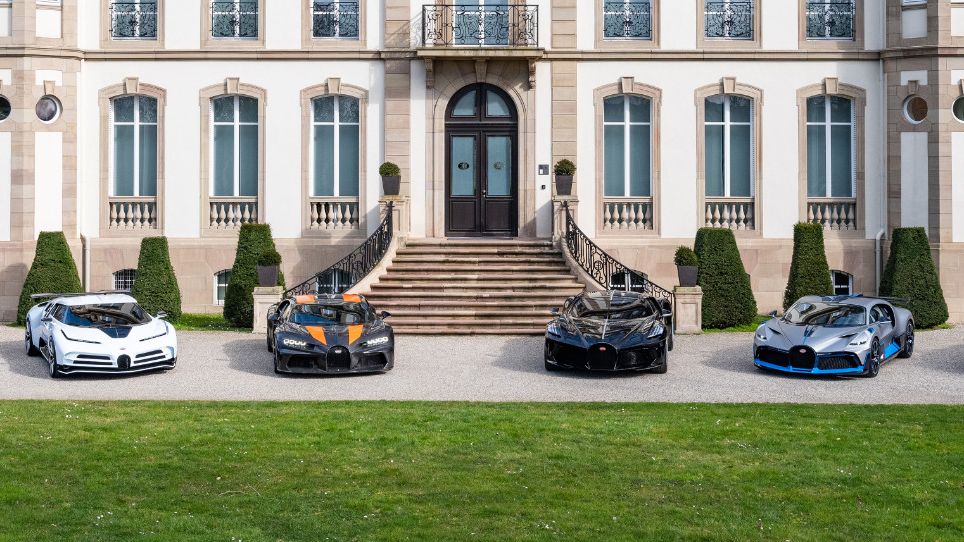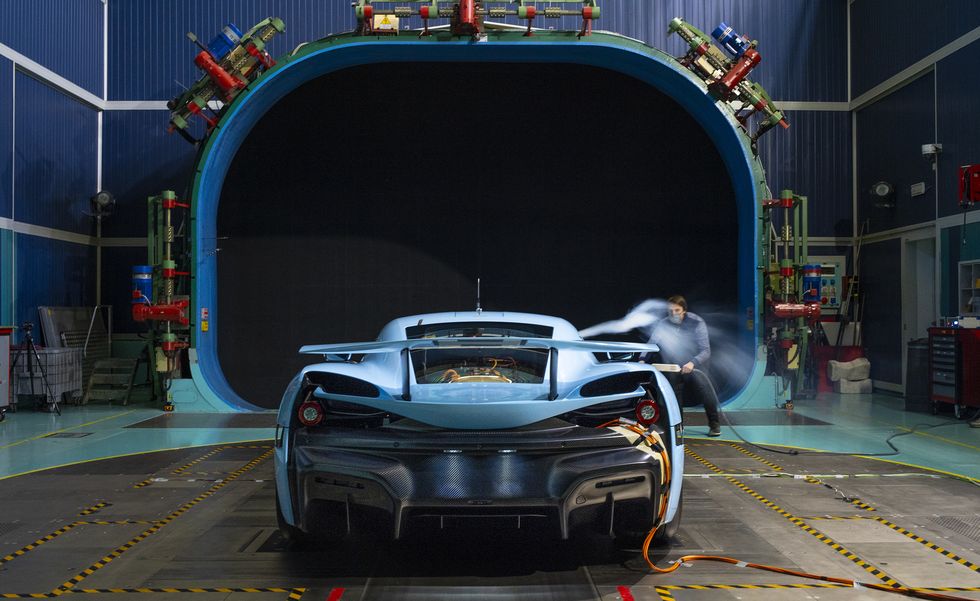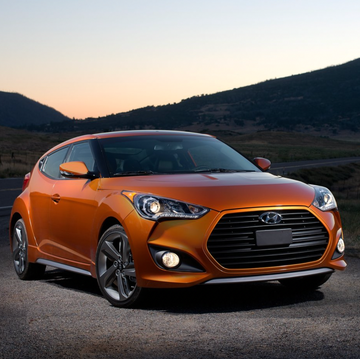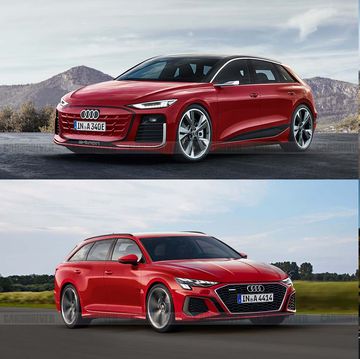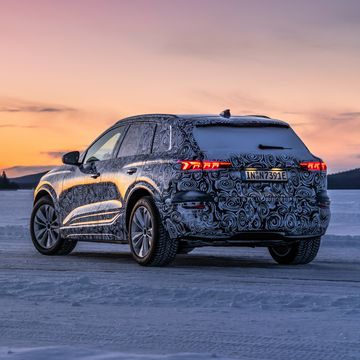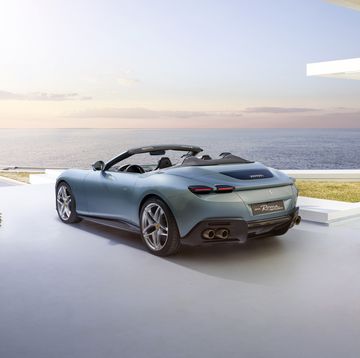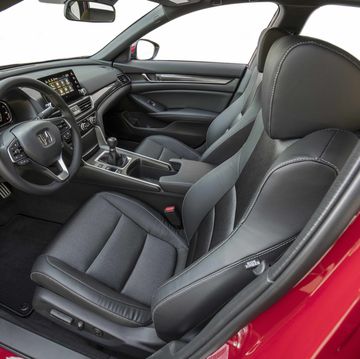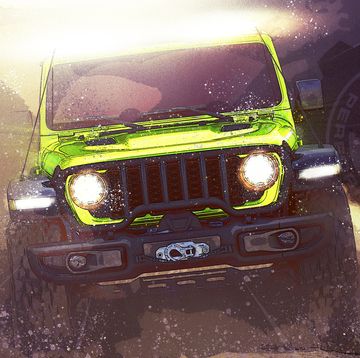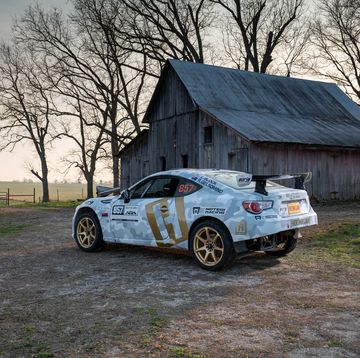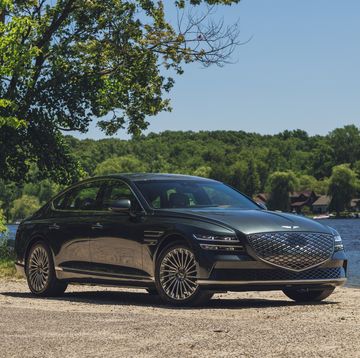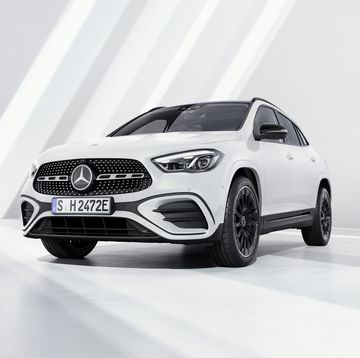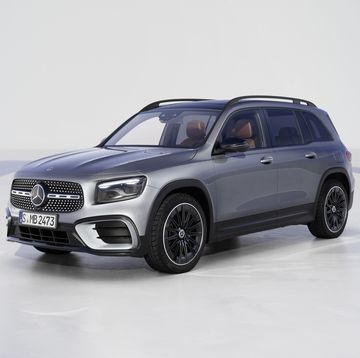- During Volkswagen's Power Day event this week, CEO Herbert Diess confirmed that Bugatti will become a subsidiary of Porsche within the VW Group.
- Meanwhile, Porsche and hyper-EV specialist Rimac are in talks for a joint venture that would lead to a future Bugatti they would build together.
- It would make sense to use the platform that underpins the Rimac C_Two, but that kind of detail will come later.
The move toward widespread electrification is set to transform the very top of the car market as well as its lower reaches. Last year we told you about discussions between Volkswagen Group and Rimac over the future of Bugatti, with VW reportedly offering to cede ownership of its grandest brand in exchange for increased equity in the Croatian hyper-EV maker.
Yet that didn’t happen, and last month Porsche—ultimately owned by Volkswagen—spent more than $83 million increasing its existing 15.5 percent stake in Rimac to 24 percent. But now Volkswagen’s CEO, Herbert Diess, has offered up some more pieces of the puzzle, confirming both that Bugatti is going to become a Porsche subsidiary and that discussions have begun over a joint venture between Rimac and Porsche for a future Bugatti product.
"Porsche is currently preparing a partnership that’s going to be under discussion with Rimac, and Porsche will be taking care of that," Diess told watchers of the Volkswagen Group’s online media conference earlier this week. "The whole thing isn't yet finalized. What we want to do is transition responsibility of Bugatti to Porsche, and Porsche in all probability will establish a joint venture with Rimac, with a minority share of Porsche."
Any such move would make plenty of sense, as even the most exotic automakers face the approaching end of internal combustion. The Bugatti Chiron remains a mechanical marvel, one we recently confirmed to be the quickest car we've ever tested with a staggering 9.4-second quarter-mile time. But its quad-turbocharged W-16 engine will be almost certain to die with it. Bugatti boss Stefan Winkelmann told C/D last year that he thinks Bugatti should make a straight switch to full electrification rather than create a hybridized architecture.
The architecture of the existing Rimac C_Two (pictured above), or a development on it, would be an obvious way to do that; the all-wheel-drive electric hypercar is claimed to offer 1888 horsepower and a top speed of 258 mph. This is also the platform that underpins the forthcoming Pininfarina Battista, suggesting it could be used as the basis for a similarly rapid (or even quicker) Bugatti model.
Anyone trying to keep up with Volkswagen's internal power politics has been busy in recent months. Control of Bentley has just been passed from Porsche to Audi, and this latest announcement suggests other changes are likely. Winkelmann is also CEO of Lamborghini, currently an Audi subsidiary but one that would also seem to have a more obvious future away from what Diess described as the "volume sector" side of the vast group.
As for future Bugatti models, we can safely predict they will remain both very fast and very expensive, regardless of who controls the brand.
